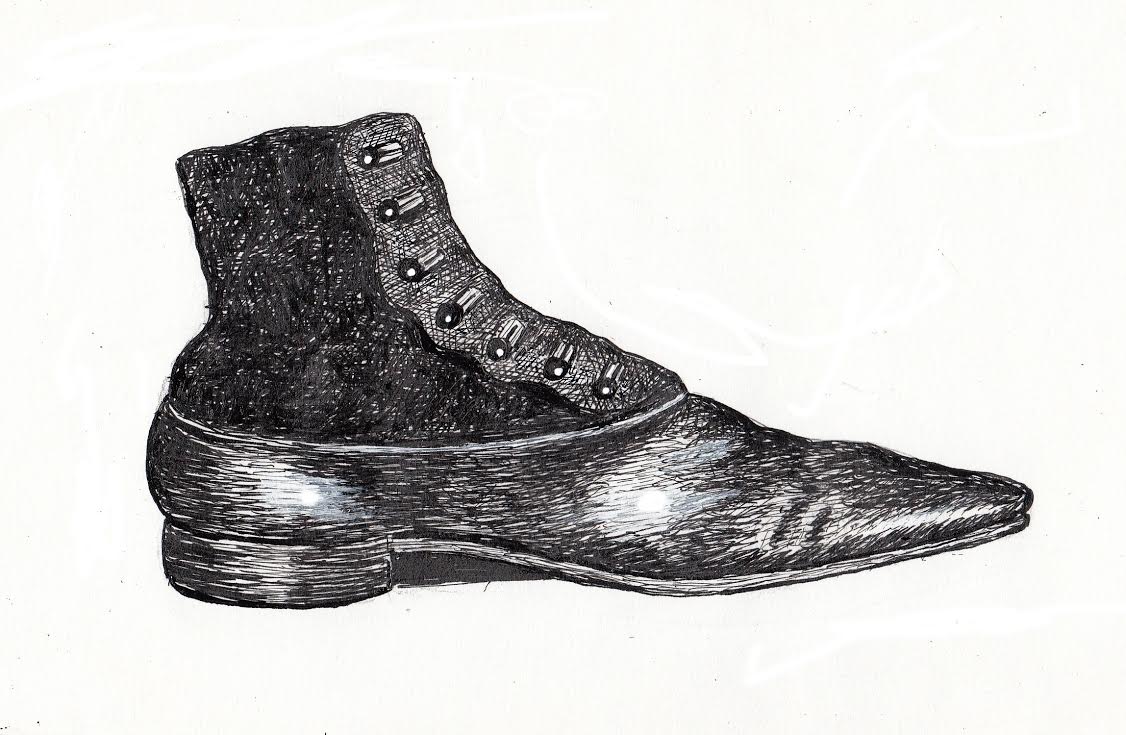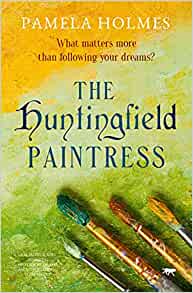
Where do you get your ideas?
This is a question that writers and artists are often asked. I always say it’s serendipity. For me, the origin of ideas is to do with the random occurrence of events that – when combined – create something new, something original. It does feel uncomfortable to acknowledge that ideas come unpredictably, but the key is being open; to use one’s senses, emotions, experiences and feelings as a basis upon which to react. It’s how I started to write my first novel. It’s scary to think that creativity is so random, but I must acknowledge it’s at the heart of the other works of fiction I’ve written, too.
Leaving her house one New Year’s Day, my friend suggested I visit the nearby church to seek out what a vicar's wife had created there in the 1850s. I shook my head; I needed to get home. But something turned me down the lane and made me enter that cold, dark stone church. As instructed by a notice on the wall, I dropped a pound in the meter. Bang! Lights flooded the space above my head and looking up I saw something unexpected, a glorious riot of religious iconography and golden crowned winged angels. A leaflet explained Mildred Holland, the vicar’s wife, had spent six years creating this. Single handed.
I walked back to the car, my heart thumping. I had to find out more about this incredible person.
In the British Library I dug out the Parish Records from Huntingfield from 1583. There was passing mention of Mildred in the preface, but little more. I read books on angel ceilings, Victorian vicars' lives and their wives, the impact of the Gothic Revival on church architecture, subjects about which I knew little. I contacted local Suffolk historians and amateur enthusiasts, including the daughter of a vicar of Huntingfield in the 1960s. I interviewed her to see what she might have heard about Mildred and her vicar husband, William Holland. This generous woman had hired a genealogist and gave me a copy of the Holland family tree. This whetted my appetite even more. I decided to spend some time in the village, so rented a shed in Huntingfield and lived there for a few weeks. I wanted to immerse myself in Mildred’s life, to imagine what it might have been like to be married to a Rector.
 I was left with an overwhelming respect and fascination for Mildred Holland. But what could I do with all this research? A comment I’d read on the web rang in my head: ‘Someone needs to write a book about this woman.’ Suddenly that remark felt like a personal challenge.
I was left with an overwhelming respect and fascination for Mildred Holland. But what could I do with all this research? A comment I’d read on the web rang in my head: ‘Someone needs to write a book about this woman.’ Suddenly that remark felt like a personal challenge.
Here was a woman in the 1850s who, despite people whispering in horrified tones about the vicar’s wife climbing a ladder seventy feet high to paint angels on the church ceiling, was not fazed. Mildred did what she was driven to do – express herself. Knowing her story gave me the drive to do the same. I’d always said I wanted to write a novel. With Mildred’s story spinning round my head, I had no excuse not to try.
Finding out about Mildred was my path to becoming an author. Whenever I felt despondent - which was often - I thought of Mildred lying on her back in the cold, perhaps painting by candlelight on a dark winter’s afternoon, and it gave me a kick. I drew on my heroine’s determination. All I promised myself was that I would finish the book. I would not worry about what might come next.
The Huntingfield Paintress by Pamela Holmes (Bloodhound Books) is available to buy here
I am the author of The Huntingfield Paintress and Wyld Dreamers (loosely based on my time living on a commune in Somerset) which are both published by Bloodhound Books. I am finishing a third novel, which will be published in October 2022. I write short stories (won the Jane Austen Short Story Award 2014). I run writing workshops and I have spoken and been interviewed at literary events. I am represented by the literary agent Laura Morris.
Website: https://www.pamela-holmes.com/ | Follow me on Twitter @Pammieholmes
Comments